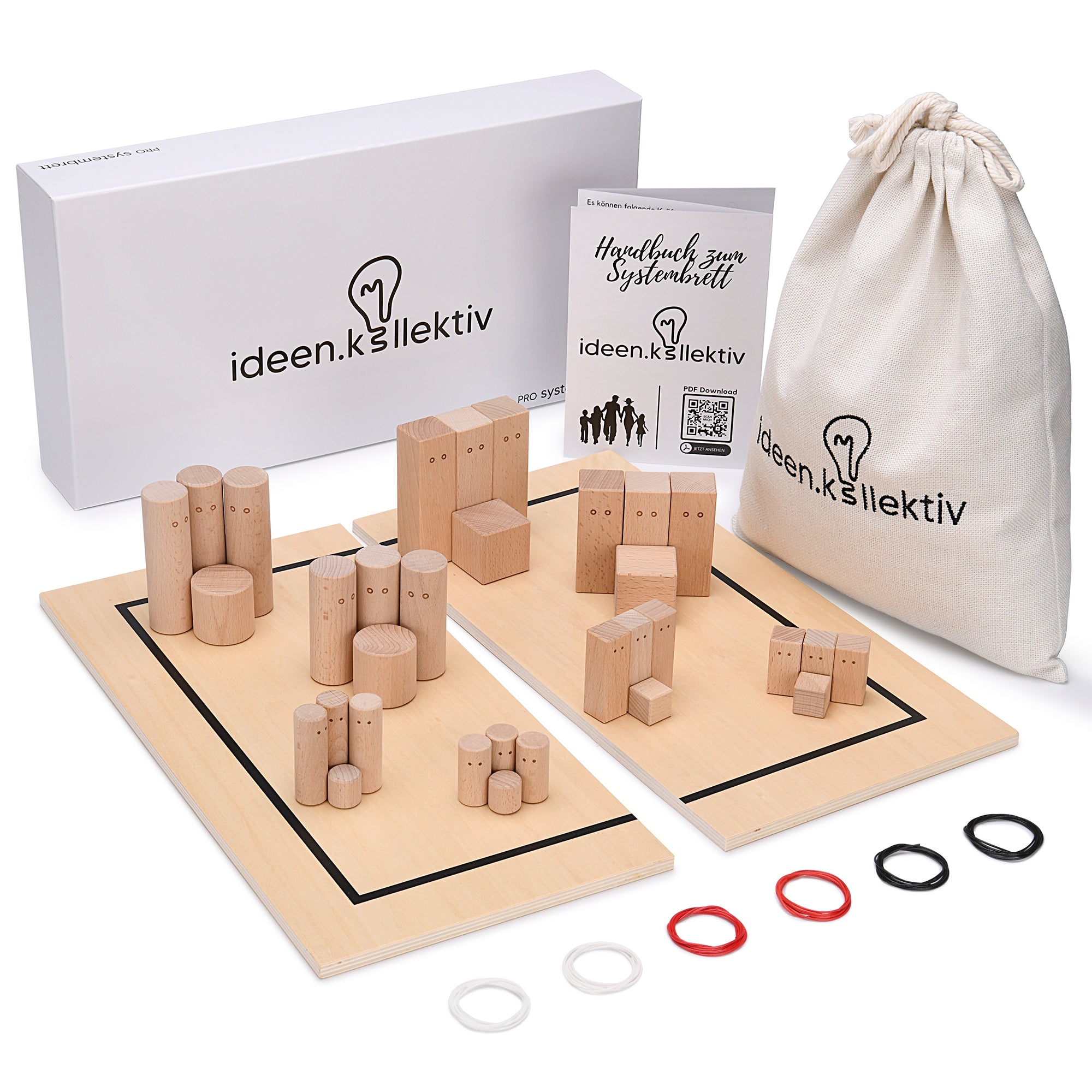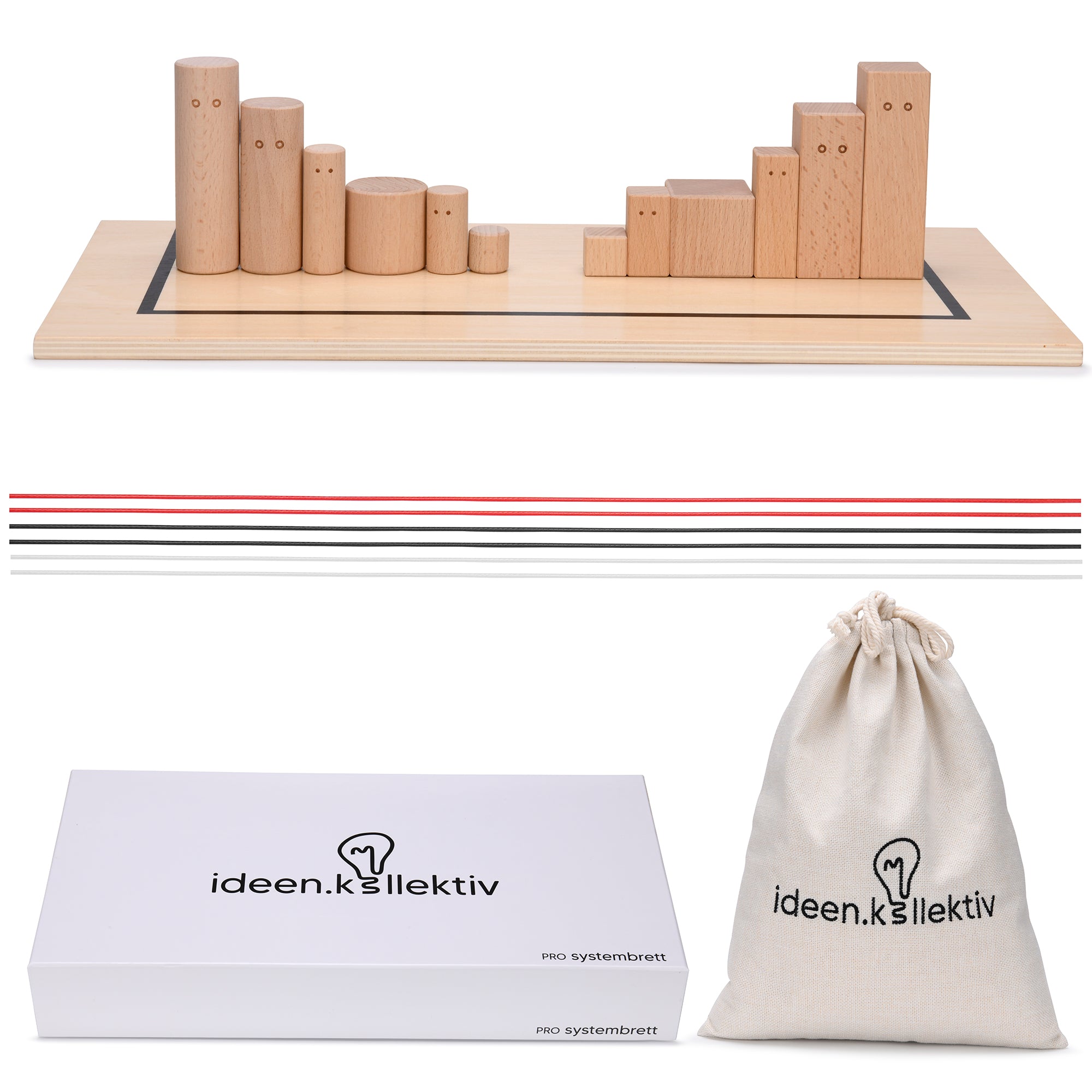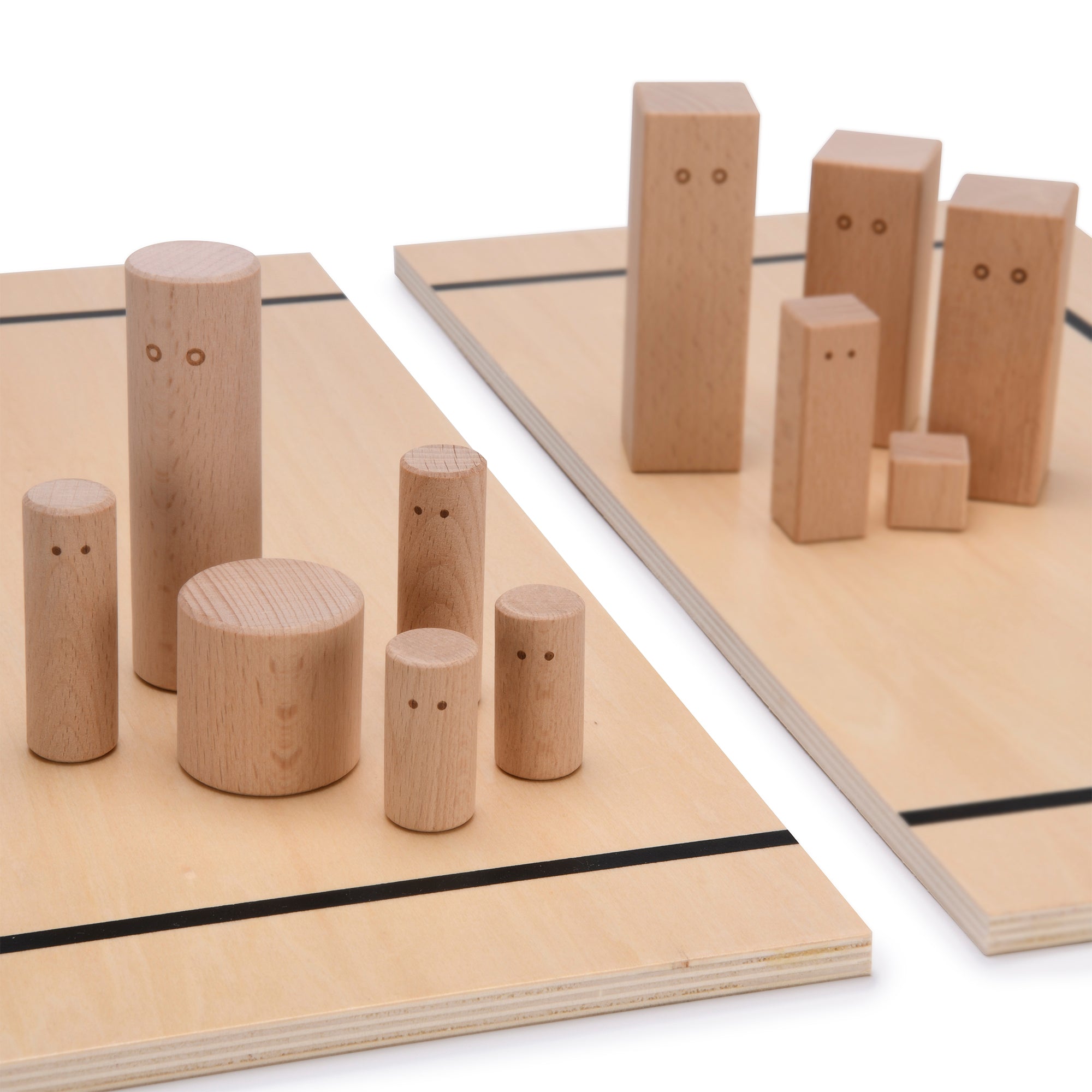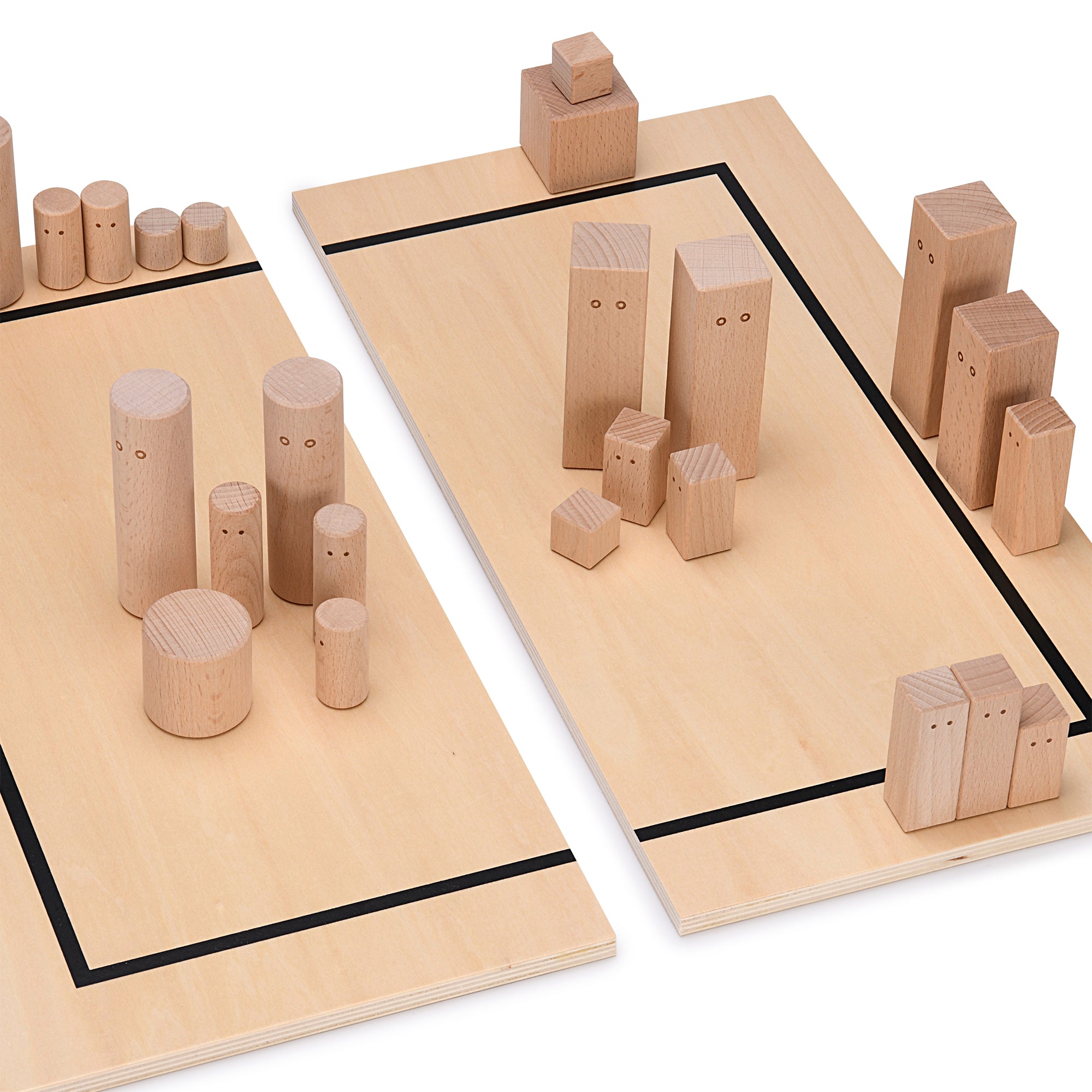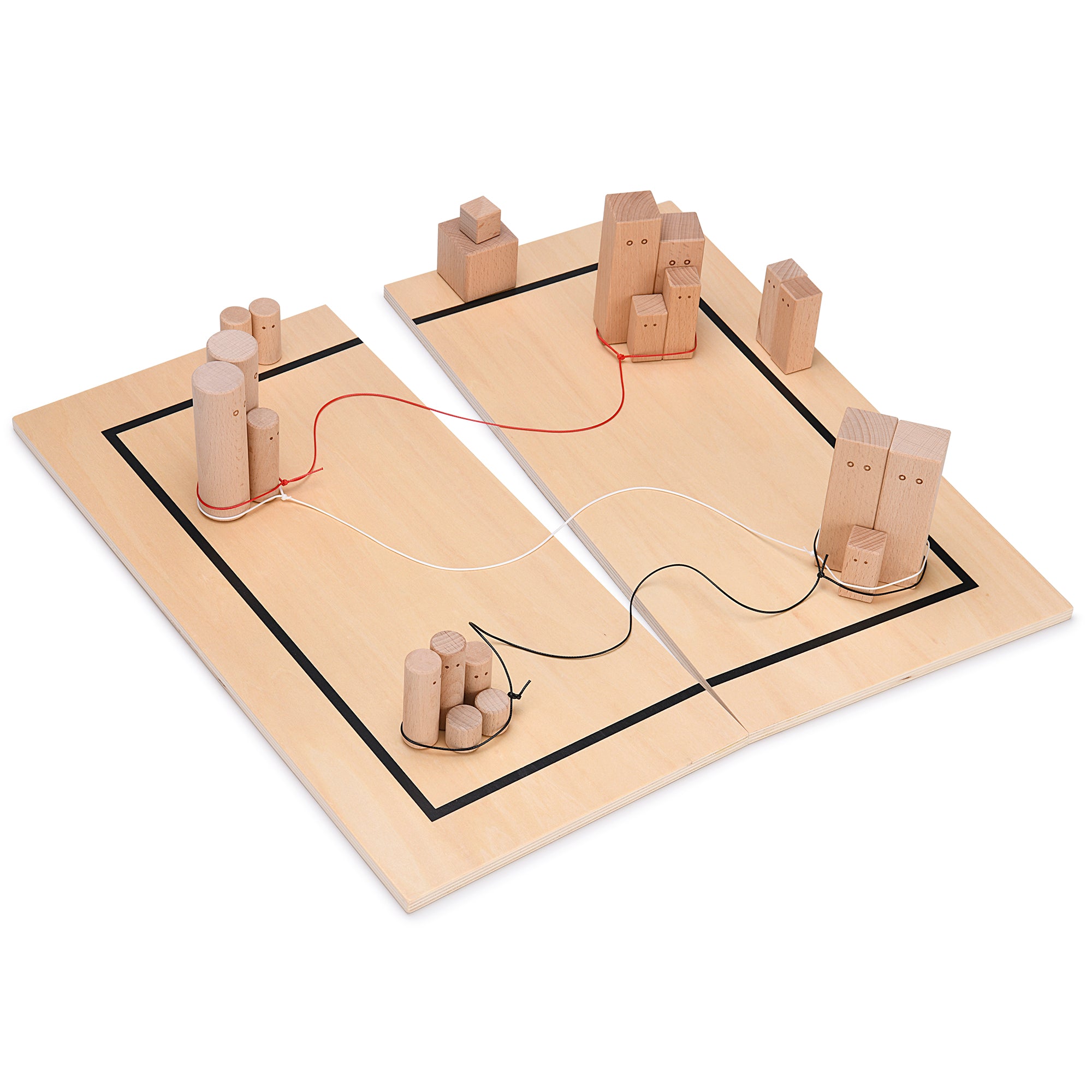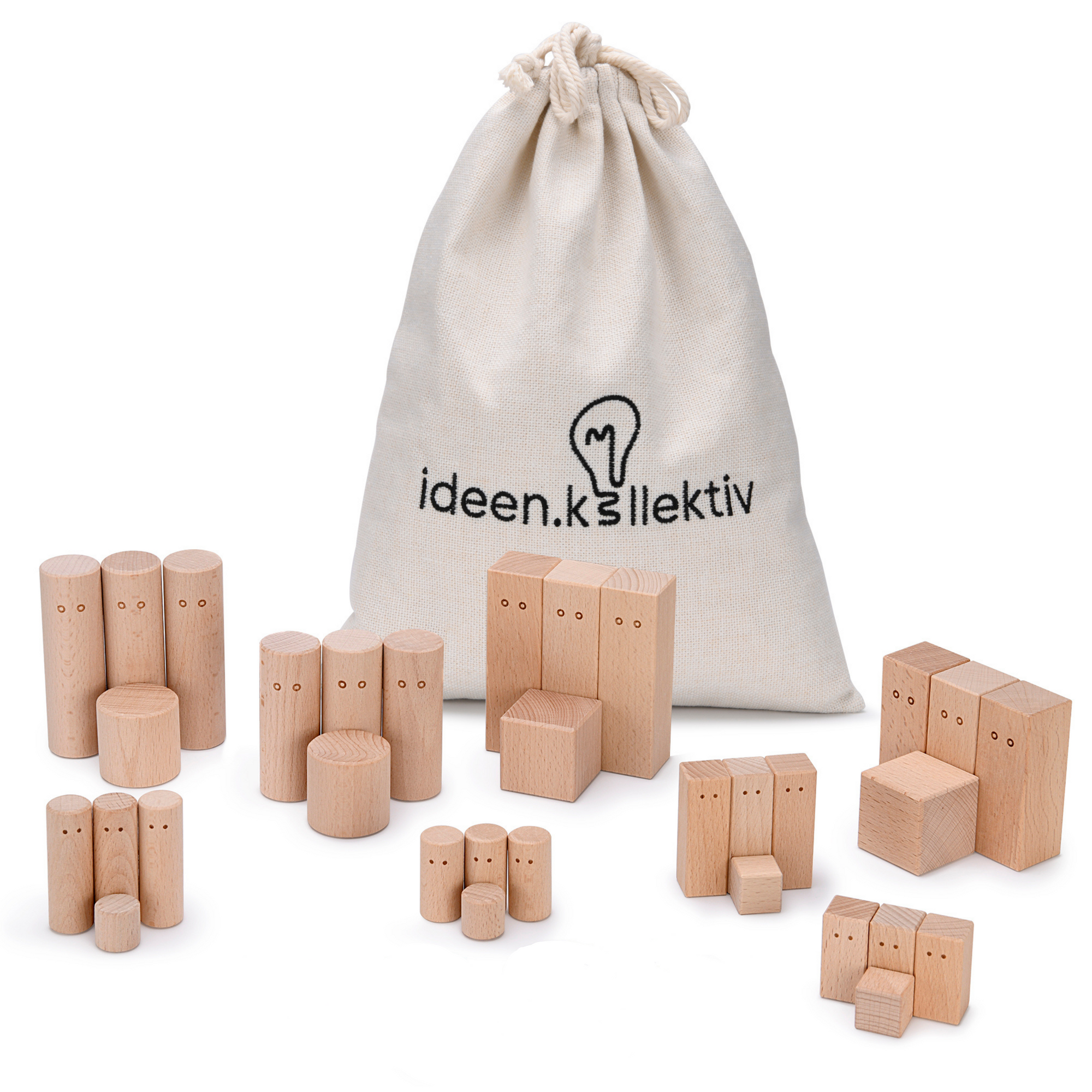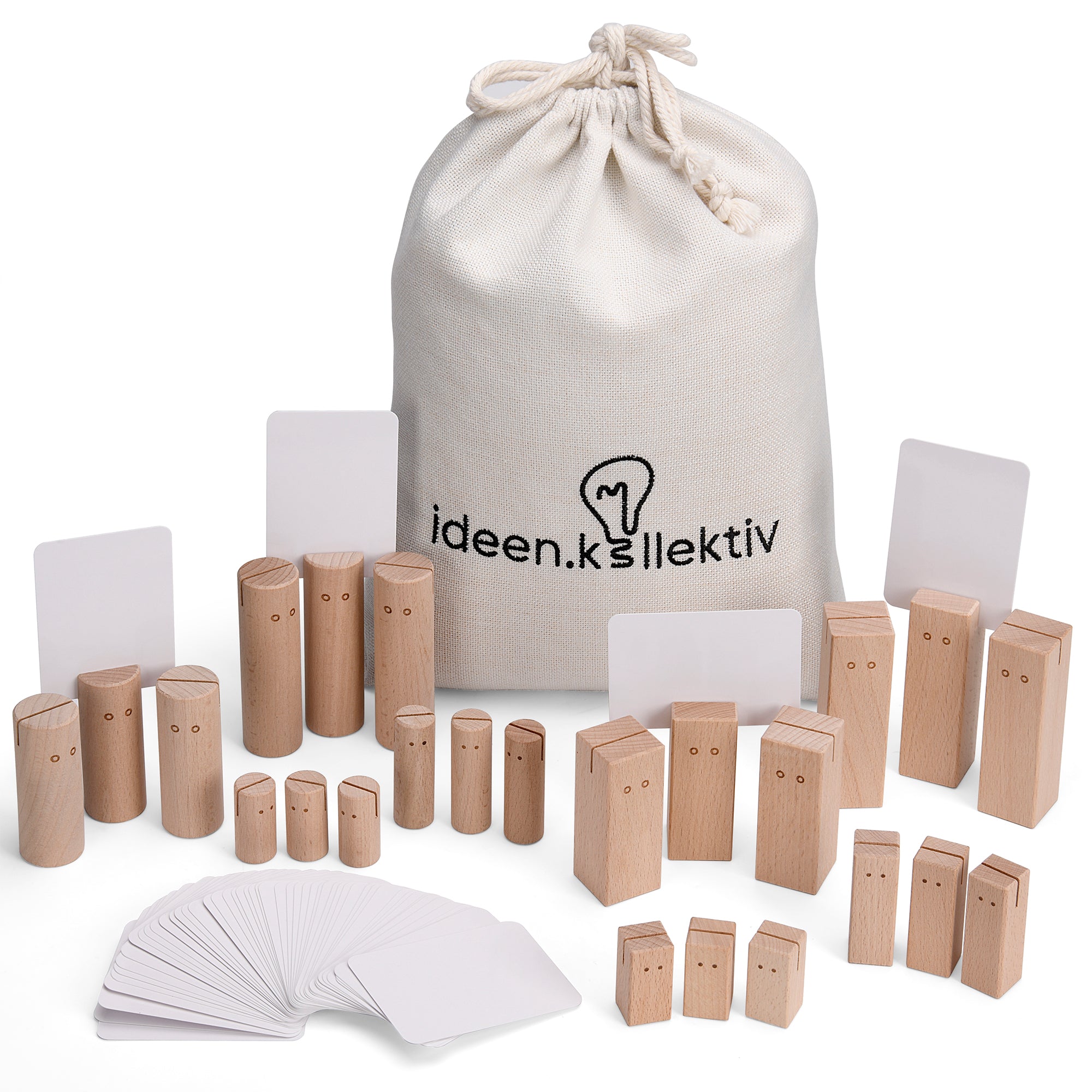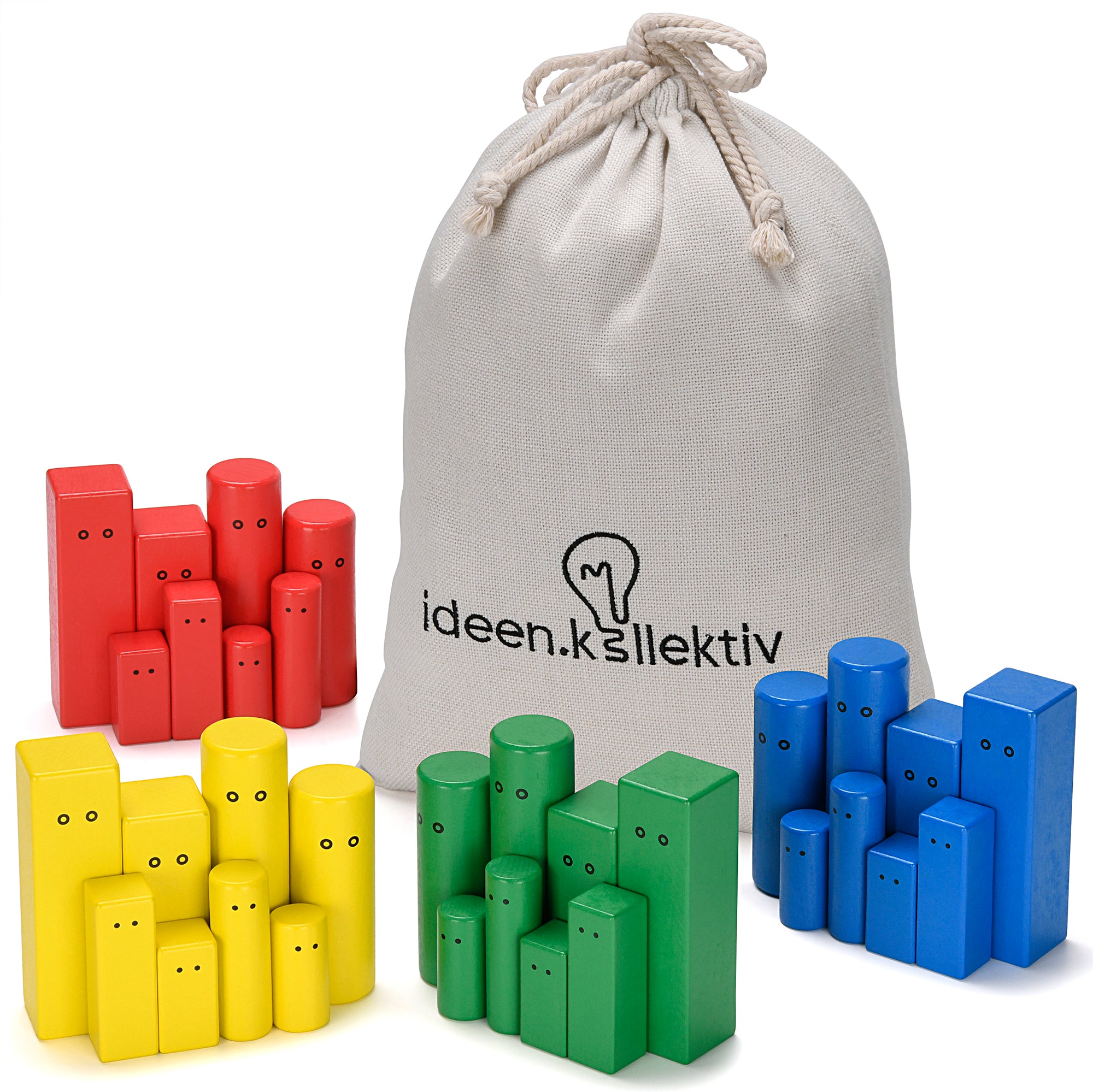Systemic Therapy for Children and Adolescents: A Breakthrough in Psychotherapeutic Care
Introduction
The mental health of children and young people is a key issue that has gained increasing attention in recent years. A significant milestone has now been reached: statutory health insurance companies will now cover the costs of systemic therapy for children and young people. This decision marks an important step forward in psychotherapeutic care and offers affected families valuable support.
What is systemic therapy?
Systemic therapy is a psychotherapeutic procedure that looks at mental disorders in the context of social relationships. It assumes that individual symptoms are often an expression of problems within the social environment, especially the family. Therefore, in this form of therapy, not only the affected children and young people, but also their caregivers are included in the therapeutic process. The aim is to recognize and change relationship patterns in order to achieve a lasting improvement in mental health.
Key points of the new regulation
Since January 18, 2024, systemic therapy for children and adolescents has officially been a statutory health insurance benefit. This decision was made by the Federal Joint Committee (G-BA), which adapted the psychotherapy guidelines accordingly. For adults, this form of therapy has been part of the statutory health insurance benefits catalog since 2020.
The therapy can be carried out as short-term therapy (twice twelve sessions) or as long-term therapy (up to 48 sessions). The prerequisite for the costs to be covered is that the treatment is carried out by doctors or psychotherapists with appropriate training. The Association of Statutory Health Insurance Physicians must approve the billing of the new services.
Advantages of Systemic Therapy
Involving the family and social environment makes it possible to identify and change deeply rooted relationship patterns. This can be particularly helpful with children and young people, as their psychological problems are often closely linked to family and social dynamics. By working together on these relationships, lasting changes and improvements can be achieved.
How is systemic therapy carried out?
Systemic therapy uses various creative and interactive methods to gain deeper insights into family and social relationships and to initiate change. Here are some of the common techniques and tools used in systemic therapy:
- System board: The system board is a visual aid on which family members or other important people are represented by figures. The patient places these figures on the board to represent the relationships and dynamics within the system. This helps to recognize patterns and develop new perspectives.
- Animal figures for the setup: Similar to the system board, animal figures are also used to represent relationships and roles within the family. Children and young people can express their feelings and perceptions in a playful way. This method promotes understanding of the family structure and the individual positions within it.
- Scaling questions: Scaling questions are a technique where the patient is asked to rate their feelings, thoughts, or progress on a scale of 1 to 10. This can help measure change and set goals. The scaling track visualizes these ratings and makes progress visible.
- Systemic questioning techniques: These questions are designed to open up new perspectives and encourage the patient to think about their situation. Examples include circular questions that shed light on the relationships between different people in the system and hypothetical questions that explore possible future developments. This technique helps to break through entrenched thought patterns and find new solutions.
These methods support the therapeutic process by making complex relationships and dynamics understandable and tangible. They encourage the active participation of patients and their families in therapy and help to achieve lasting changes.
Systemic therapy is therefore not just a treatment method, but an interactive process that involves those involved and develops solutions together. It offers children and young people a valuable opportunity to better understand their position in their social environment and to bring about positive changes.
A Look into the Future
The inclusion of systemic therapy in the list of services provided by statutory health insurance companies is a significant step towards more comprehensive and effective psychotherapeutic care for children and adolescents. In the long term, this decision could help to promote the mental health of young people and increase acceptance of holistic therapy approaches. The number of psychotherapists offering systemic therapy is currently quite limited. It is to be hoped that this will change in the coming years, especially since the financial resources are now provided by health insurance companies.



